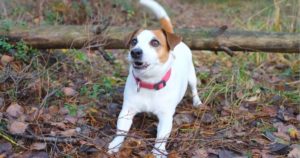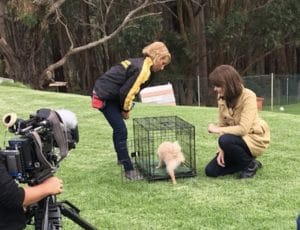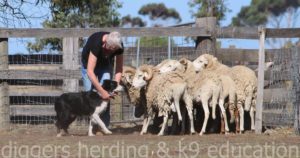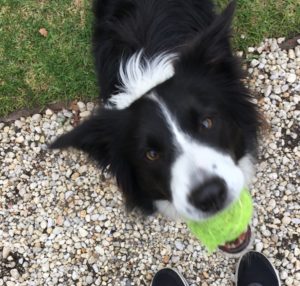
Keeping your dog safe at the dog beach or dog park is not always easy.
Dog beaches and parks tend to have an increased risk of dog attacks and accidents, so basic dog training and obedience can help address some common dog behaviour problems that you might see.
A lot of problems at the dog beach or park start because owners don’t know how to read dog body language and don’t understand good dog behaviour and play signs. So what starts as play, can quickly escalate into a fight.
Here’s some tips to keep in mind to help when you are heading to a dog beach or park.
Firstly, if you do not have a dog and want to go for a picnic or peaceful swim. I strongly suggest that taking your family to a dog friendly beach or park is something you should re-think. There are not a lot of places where dogs can run around with other dogs and just have fun, so let them have run of the areas that they are actually allowed in and go find an alternative place where dogs are not allowed or must be on leash. Even I have rolled my eyes when I see a person sitting at a dog beach getting grumpy with a dog running up to say a friendly hi. Just find somewhere else.
If you take both your dog and children along to a dog beach or park it’s important that they don’t run around, that is inviting a dog to jump and chase them. Should a dog run at them, they should turn their back and fold their arms. A good firm ‘no’ can also help, along with quick intervention from an adult or the dog’s owner. Please tell them not to run away screaming as the dog will think this is a great invitation to play and it will make matters worse.
If it is your dog that tends to run and jump up to children or even other dogs, then you must work on your recall so you can stop them in their chase and call them back to you.
Recall skills is the most important obedience training that every owner should do as early as possible for the safety of all dogs and people. I can’t emphasize enough how important it is to have a good recall with your dog.
If you don’t have a strong recall on your dog, even when they are under high distraction, it is time to stop blaming the dog and start working on your own leadership and training techniques. There are a few articles and videos on this website to help with improving your dog’s recall so do a search and get practising.
Keeping an eye on your dog at all times when at a dog beach or park is also a top priority, not a conversation with others or checking your mobile phone. This is when things can quickly escalate with over excited dogs when owners aren’t paying attention to the signs. So, rather than standing around and chatting keep you and your dog moving.
If you do see a dog fight, don’t rush in to grab them or you could be bitten. When dogs are in a frenzied state they aren’t thinking straight and they may redirect their bite at you if you try to grab them or intervene.
Instead, try a loud and assertive ‘stop’ or throw a lead or some water in to break their attention (not to hurt them as again they could turn on you or make the situation worse). This is an effort to try to ‘snap’ them out of it. Usually that will work with dogs that are just a bit hot under the collar.
Both owners should put their dogs immediately on lead and move them far enough away from each that they are not reacting, but ideally you will let them calm down in front of one another so that it finishes on a calm positive note to avoid reinforcing any fear from future interactions.
If you are having trouble with recall or any other behaviour issues, then don’t wait for it to improve or for them to grow out of it. Dogs grow into behaviour problems so seek out the services of a local dog trainer to help.
About the Author: Lara Shannon is a certified dog behaviourist and trainer, pet food nutrition specialist, Executive Producer and Host of Pooches at Play on Channel 10 and editor of Poochesatplay.com. Lara also runs her own dog training business in Melbourne’s Bayside area and is the Author of World of Dogs and Eat, Play, Love Your Dog

The benefit of interactive toys for dogs


The benefits of crate training your dog

How herding training can help with dog behaviour issues

Does your dog have a ball obsession?


Get your paws on Lara Shannon’s best selling books ‘Eat, Play, Love (your dog) and World of Dogs.
Available in Australia, USA, UK and Canada.